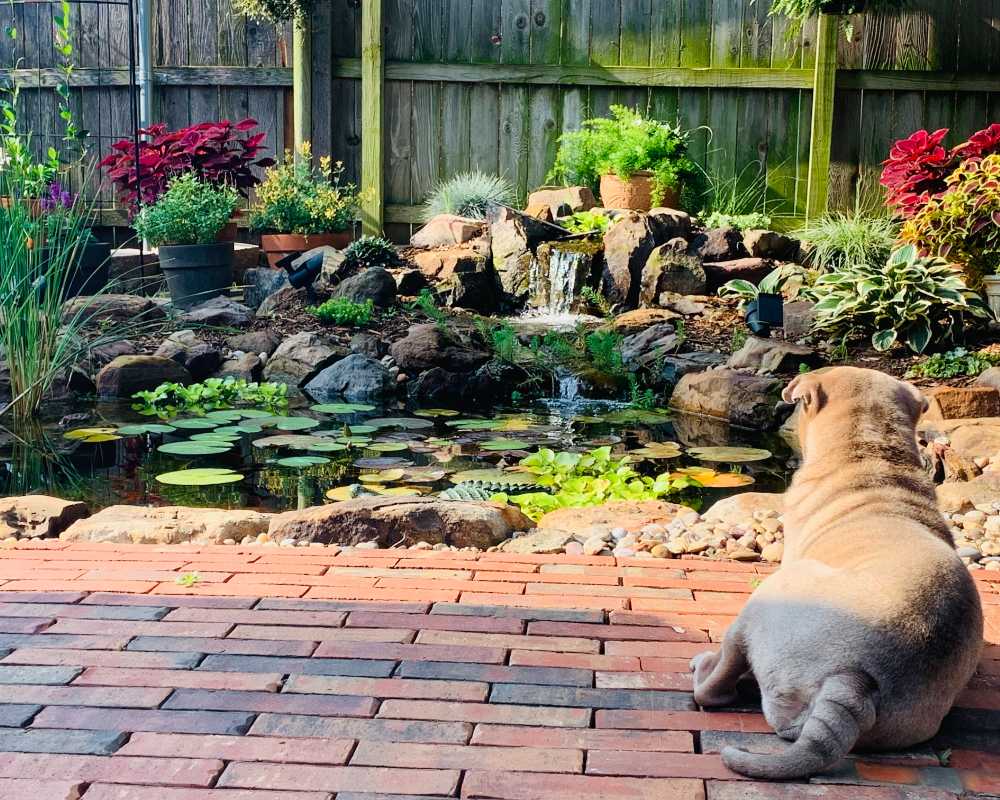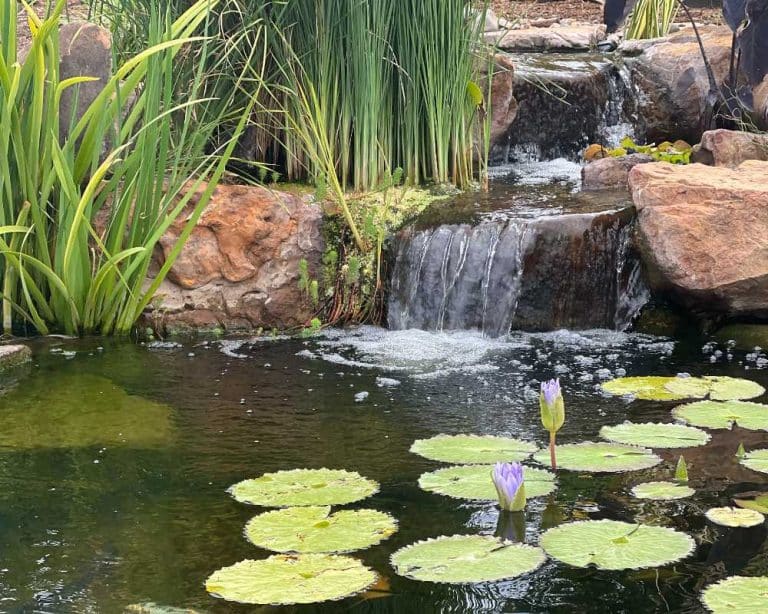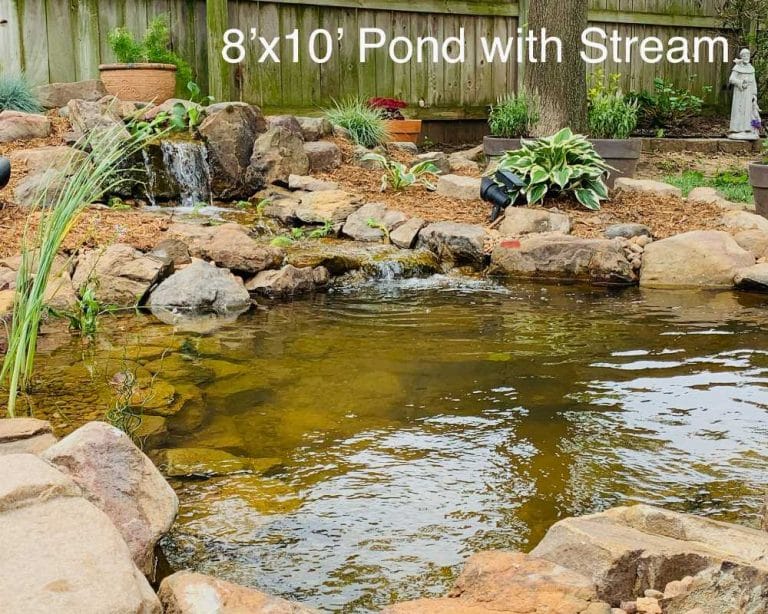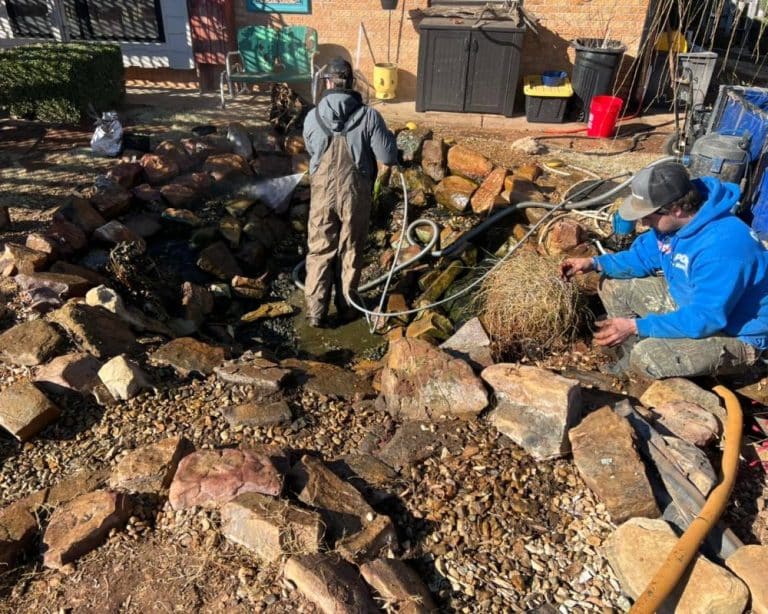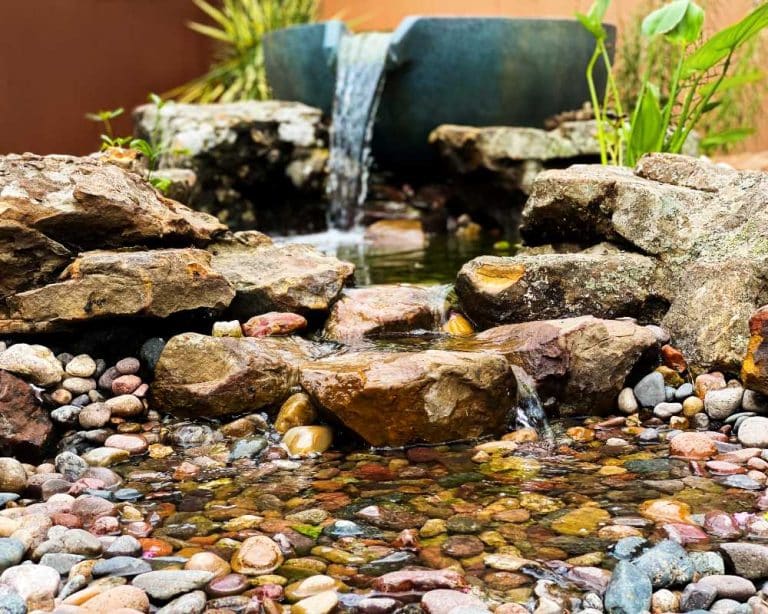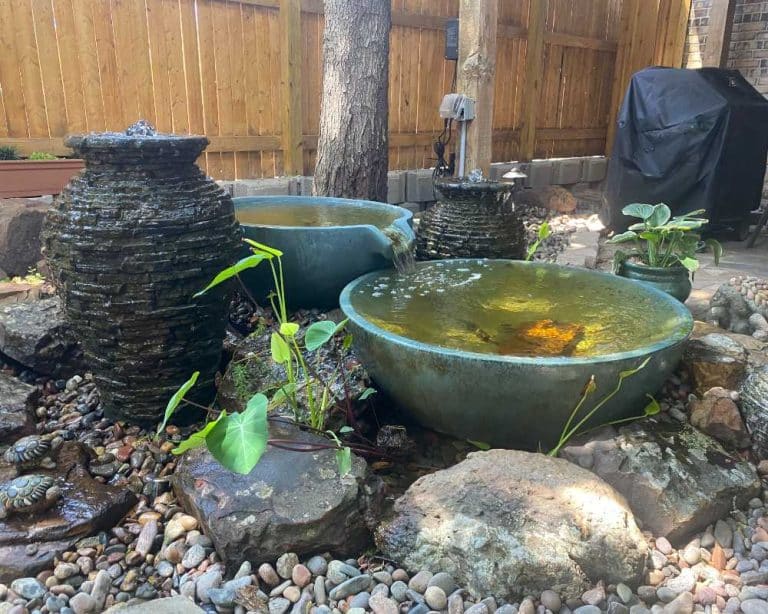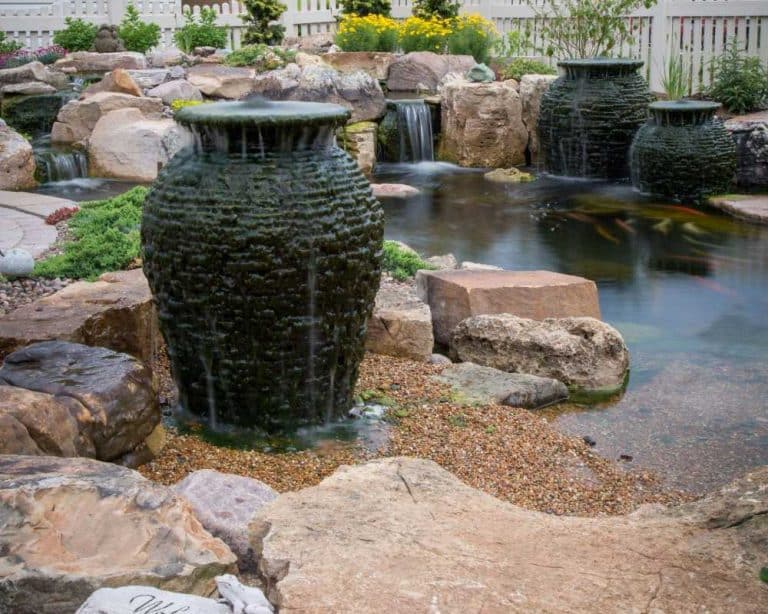Commercial Fish Pond: Design and Construction
Commercial fish ponds are used to hold beautiful fish such as the popular Koi Fish. In this case, the construction of a fish pond is a rather simple and straightforward matter. But how does fish pond construction change when it comes to commercial fish ponds? What are the factors you need to consider when constructing a fish pond for commercial purposes? Well, before we go too far, let’s define what a commercial fish pond is.
What Is A Commercial Fish Pond?
A commercial fish pond is a controlled pond, artificial lake, or reservoir that is stocked with fish and is used in aquaculture for fish farming. It involves raising fish commercially in tanks or enclosures such as fish ponds, usually for food. At Oklahoma Ponds, we have been expertly crafting commercial ponds for more than 30 years in the great state of Oklahoma. Call us today for a free commercial pond design and construction quote.
Commercial Fish Pond Benefits
1. Stable supply and Demand
Fish is one of the highest sources of protein, and is consumed on a very large scale. This means that demand for fish is stable throughout the year and since fishes grow rapidly, there will always be enough to supply
2. Top consumer choice
Fish is usually much cheaper than most meat products and as a result, it sells much faster. This makes it very appealing to consumers making it the top choice for consumers in terms of affordability.
3. Steady Growth pattern
The growth pattern in fish is very fast and easy to understand. Farmers can also quicken the growth process of the fishes by giving them certain growth-enhancing feeds. Farmers can organize their fish pond around the fishes’ growth pattern so that they can harvest and sell all year round.
4. High Revenue
With proper planning and good management, fish farming can be very profitable for farmers.
5. No Environmental Hazard
Commercial fish ponds can be set up anywhere, even in residential areas, because it does not pose any risk to the environment.
6. Easy Addition to General farm activities
Farmers can easily adopt fish farming into their already existing crop farms and create more profit while conserving water and other resources.
7. Any species of fish can be reared
You are free to grow any species of fish you choose to!
8. Ease of Access
The fish ponds can be placed or even constructed within your compound to increase accessibility and cut off of transportation costs.
9. Easy to maintain
With adequate knowledge, expertise, and resources, fishes can be very easy to handle and maintain.
How We Construct Commercial Fish Ponds
The assurance of a regular and good source of water supply and land that can retain water (in the case of earthen ponds) for fish culture is the impetus that farmers need in planning how large the pond should be and how many of a particular unit or units should be constructed. Having done the survey of the land, it is easy to plan the layout of the ponds and channels on paper.
Planning the Ponds
The assurance of a regular and good source of water supply and land that can retain water (in the case of earthen ponds) for fish culture is the impetus the farmer needs in planning how large the pond should be and how many of a particular unit or units should be constructed. Having done the survey of the land, it is easy to plan the layout of the ponds and channels on paper.
Earthen ponds
- The main objective should be to make the best possible use of the land (topography) for earthen ponds at minimum construction cost.
- The shape and size of the pond should fit in with the topography of the land.
- The bottom of the pond should be sloping to the point close to the embankment where drainage facilities (outlets) will be installed. The water inlet(s) to the pond should be placed preferably at the shallowest end.
- If more than one pond is constructed it is better to have independent water supply (inlets) to each pond and also separate outlets. By this it would be possible to drain the water from each pond without the water having to flow through a second pond. Such ponds are called parallel
- Smaller ponds are easier to manage than larger ones. Although a single large pond could be cheaper to construct, the smaller size would facilitate stocking and harvesting programs for the family.
- Pond depth can vary from 1 to 2 meters. Ponds should not be too shallow or too deep. Shallow ponds can easily be made muddy by action of wind or soil disturbance by human activities. Such ponds also will easily expose the fish to predation by their natural enemies.
- Ponds that are too deep will pose management problems to farmers especially during the harvest period. Ponds of average depth of between 1-1.5 meters are suitable for culture of most fresh water species.
Concrete Ponds
- Well drained upland area are preferred for pond stability, ease of water drainage and to minimize costs considerably
- To maximize space and save costs “twin” or multiples of ponds are recommended as against constructing ponds singly.
- Ideal dimension for concrete ponds is 5x4x1.2 m3, if bigger than this, there is need for reinforcement with rods at corners (beams).
- 9 inches hollow cement blocks are preferred, or 6 inches non-hollow cement blocks.
- The blocks must be laid to inter-lock at corners.
- Thorough plastering (1:4) of cement to sand ratio is recommended to safe guard water
- At least five coaches of blocks must be laid sequentially
- Outlet pipes with screens to be appropriately located at the formulation level, so that complete water drainage is insured.
- Fill the holes in the block with rich concrete mixes the coaches are being laid.
Commercial Ponds vs Residential Ponds
- Commercial Fish Ponds are designed to maximize profit while residential fish pond are designed to serve aesthetic and therapeutic purposes
- Commercial fish ponds are constructed without aesthetics being a major factor while residential fish ponds are constructed with aesthetics being a primary factor
- Commercial fish ponds are designed to hold as many fish as possible, residential ponds are designed to hold just enough fish to achieve a desired aesthetic
- Residential fish ponds tend to be much smaller than commercial fish ponds
Ongoing Commercial Pond Maintenance
An ideal water condition is necessary for the survival and growth of healthy fish. This is because the entire life of the fish is completely dependent on the quality of its environment. The pond bottom has an important role to play on the water quality of the medium because the fertility of the pond is directly related to the size of fish at harvest. It is for this that fishponds must be limed and fertilized prior to stocking with fish fingerlings or juveniles.
Conclusion
Commercial fish pond design and construction is tough but ultimately rewarding. That’s where we come in. With more than 30 years of experience residential and commercial fish pond design and construction, we are confident we can build you the best pond in the entire state of Oklahoma! Contact us today

